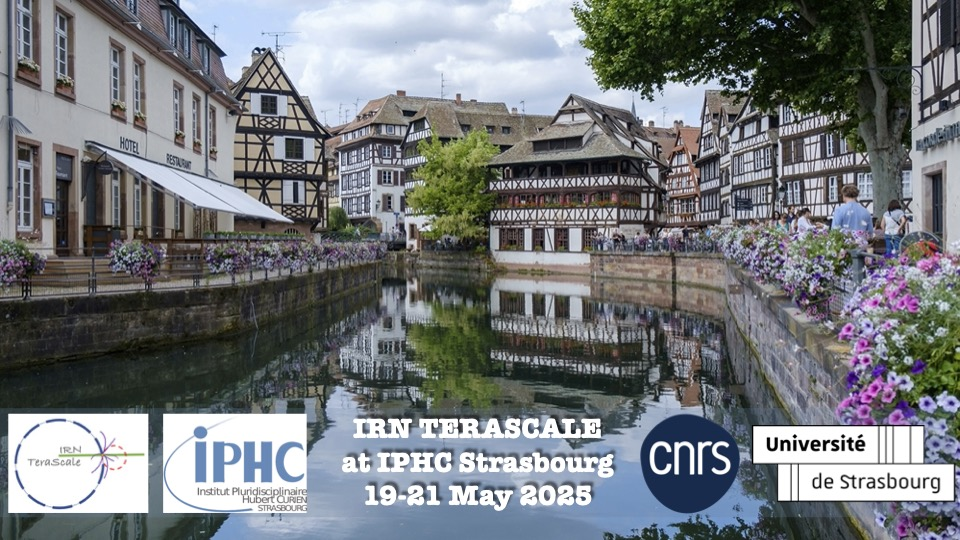Orateur
Description
We consider an axion flux on Earth consistent with emission from the Supernova explosion SN 1987A. Using Chiral Perturbation Theory augmented with an axion, we calculate the energy spectrum of $a+N\to N+\gamma$ as well as $a+N\to N+\pi^0$, where $N$ denotes a nucleon in a water tank, such as the one planned for the Hyper-Kamiokande neutrino detection facility. Our calculations assume the most general axion-quark interactions, with couplings constrained either solely by experimental data, or by specific theory scenarios.
We find that even for the QCD axion -- whose interaction strength with matter is at its weakest as compared with axion-like particles -- the expected Čherenkov-light spectrum from neutrino-nucleon interactions is modified in a potentially detectable way. Furthermore, detectability appears significantly more promising for the $N+\pi^0$ final state, as its spectrum peaks an order of magnitude higher and at energies twice as large compared to the $N+\gamma$ counterpart. Given the rarity of SN events where both the neutrino and the hypothetical axion burst are detectable, we emphasize the importance of identifying additional mechanisms that could enhance such signals.

